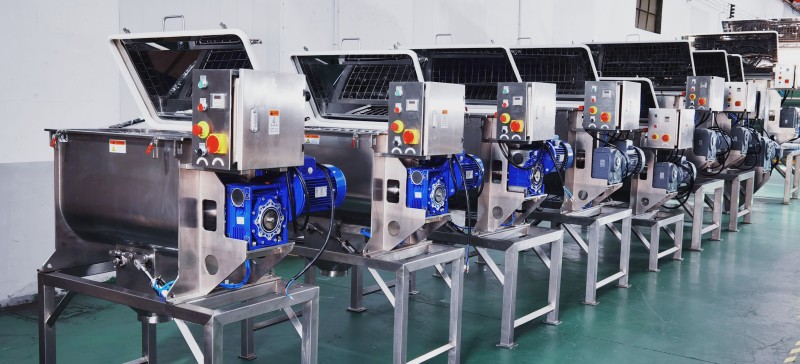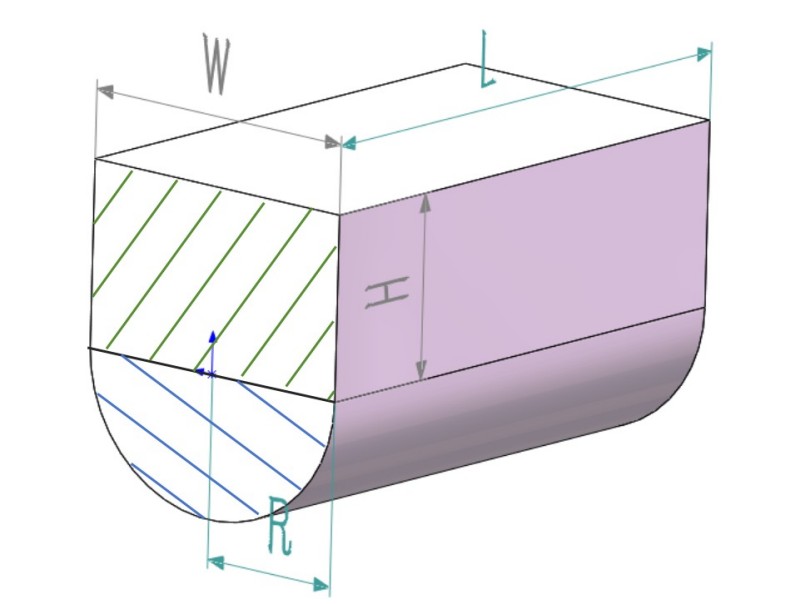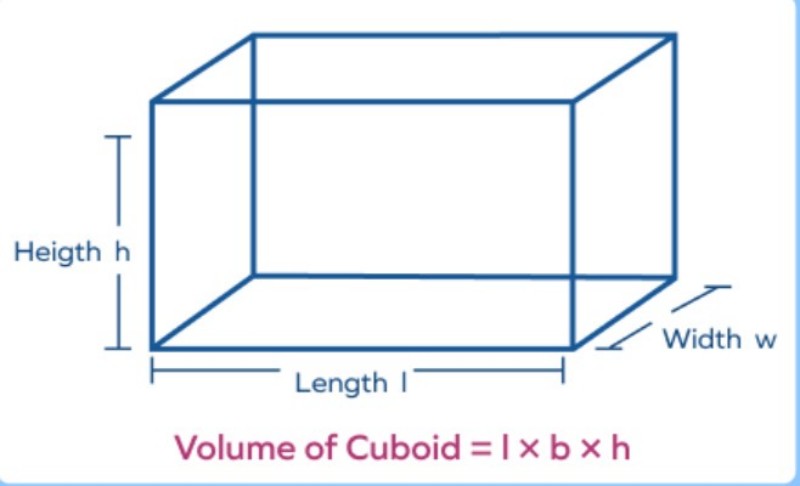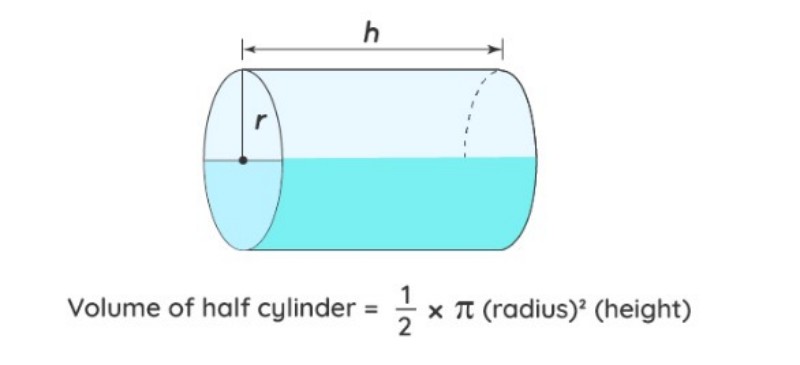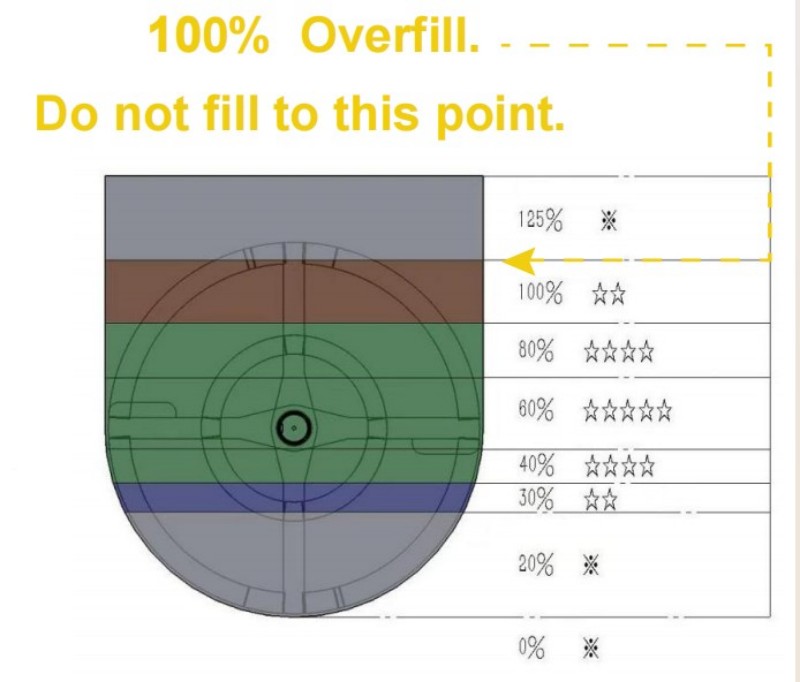If you are a manufacturer, formulator, or engineer aiming to optimize your mixing process, calculating the volume of your ribbon blender is a crucial step. Knowing the precise capacity of the blender ensures efficient production, accurate ingredient ratios, and smooth operation. In this guide, we will walk you through the essential measurements and methods required to determine the exact volume of your ribbon blender, tailored to your specific needs.
It’s actually a straightforward mathematical problem. The ribbon blender tank can be divided into two sections: a cuboid and a horizontal half-cylinder. To calculate the total volume of the blender tank, you simply add the volumes of these two parts together.
To calculate the volume of the ribbon blender, you will need the following dimensions:
- R: Radius of the bottom half-cylinder part of the tank
- H: Height of the cuboid section
- L: Length of the cuboid
- W: Width of the cuboid
- T1: Thickness of the blender tank walls
- T2: Thickness of the side plates
Please note, these measurements are taken from the outside of the tank, so adjustments for wall thickness will be needed for precise internal volume calculations.
Now, please follow my steps to complete the final volume calculation.
To calculate the volume of the cuboid section, we can use the following formula:
V1=(L-2*T2)*(W-2*T1)*H
According to the formula for calculating the volume of a rectangular prism, which is Volume = Length × Width × Height, we can determine the volume of the cuboid. Since the measurements are taken from the outside of the ribbon blender tank, the thickness of the walls should be subtracted to obtain the internal volume.
Then, to calculate the volume of the half-cylinder:
V2=0.5*3.14*(R-T1)²*(L-2*T2)
According to the formula for calculating the volume of a half-cylinder, Volume = 1/2 × π × Radius² × Height, we can find the volume of the half-cylinder. Be sure to exclude the thickness of the blender tank walls and side plates from the radius and height measurements.
So, the final volume of the ribbon blender is the sum of V1 and V2.
Please don’t forget to convert the final volume to liters. Here are some common unit conversion formulas related to liters (L) to help you convert between various volume units and liters easily.
1. Cubic centimeters (cm³) to Liters (L)
– 1 cubic centimeter (cm³) = 0.001 liters (L)
– 1,000 cubic centimeters (cm³) = 1 liter (L)
2. Cubic meters (m³) to Liters (L)
– 1 cubic meter (m³) = 1,000 liters (L)
3. Cubic inches (in³) to Liters (L)
– 1 cubic inch (in³) = 0.0163871 liters (L)
4. Cubic feet (ft³) to Liters (L)
– 1 cubic foot (ft³) = 28.3168 liters (L)
5. Cubic yards (yd³) to Liters (L)
– 1 cubic yard (yd³) = 764.555 liters (L)
6. Gallons to Liters (L)
– 1 US gallon = 3.78541 liters (L)
– 1 Imperial gallon (UK) = 4.54609 liters (L)
7. Fluid ounces (fl oz) to Liters (L)
– 1 US fluid ounce = 0.0295735 liters (L)
– 1 Imperial fluid ounce (UK) = 0.0284131 liters (L)
Thanks for your patience in following the guide. However, this is not the end.
There is a maximum mixing volume for each ribbon blender, as follows:
The optimal capacity for a ribbon blender is 70% of its total volume. When selecting the appropriate model, please consider this guideline. Just as a bottle filled to the brim with water doesn’t flow well, a ribbon blender works best when it is filled to around 70% of its total volume for optimal mixing performance.
Thank you for reading, and I hope this information is helpful for your work and production. If you have any questions regarding the selection of the ribbon blender model or the calculation of its volume, please feel free to contact us. We will be happy to provide you with advice and assistance at no cost.
Post time: Sep-24-2024

